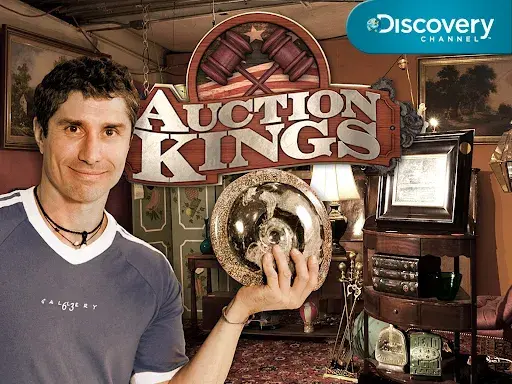Unpaid at Christie’s, Chardin’s Melon enters Fort Worth’s Kimbell Art Museum
Fort Worth’s Kimbell Art Museum has finally landed the Chardin still life it’s been missing. On May 22, the Texas museum announced that it was able to exhibit Le Melon entamé (dated 1760), after reaching an agreement with the de Rothschild family, who had held it for a century and a half.

Christie’s had put this painting up for sale in Paris in June 2024, achieving a world record for an 18th-century work at €26 .7m . Unfortunately, the buyer, a St. Moritz promoter by the name of Nanni Bassani Antivari, heir to an Italian-Monegasque family, was already deeply in debt and unable to deliver any payment (see Gazette 2024 no. 46). After several unsuccessful attempts, Christie’s took him to court in Paris. In the end, the family took back the painting and sold it directly to the Texas museum. The price has not been made public, but according to our information, it is well below the 23 M€ of the auction that could not be honored. As a result, Artcurial can boast that it still holds the sales record of 24.4 M€ set in 2022 for Panier de fraises des bois. Wishing to enrich its collection of French still lifes, the Kimbell had been the successful bidder for this work from the same period, which was eventually pre-empted by the Louvre. The Fort Worth museum suffered a second disappointment at Christie’s Paris with Melon, for which it was the last underbidder. Having learned of the buyer’s default, its director, Eric Lee, logically contacted the family. It took several more months to obtain the export license, before studying the painting, examinations confirming that it had retained its original frame.
Back to still life
Oval in shape, with delicate shades of orange, yellow and red, the melon, surrounded by a table of fruit and bottles, is a work of more sophisticated construction and in better condition than the tray of strawberries that the Louvre has added to the forty-two Chardins already in its possession. Marking the painter’s return to still life, both works had been exhibited at the Salon of 1761 along with the Melon‘s counterpart , Le Bocal d’abricots à l’eau-de-vie, also oval in shape, now in the Royal Ontario Museum in Toronto. As noted by Pierre Étienne, an excellent expert at Christie’s, all three works had been sketched by Gabriel de Saint-Aubin, in the margin of his Salon journal. Among the last important paintings by the artist still in private hands, the pair of Melon and Bocal d’abricots has an illustrious history, having been acquired by the King’s goldsmith Jacques Roëttiers, before joining the Marcille collection. It was sold at Drouot in 1876 at the Marcille estate sale, to Charlotte de Rothschild, widow of Baron Nathaniel de Rothschild, under numbers 16 and 17. Le Bocal d’abricots was donated to the Canadian museum by his descendants in 1962. In the catalog to his 1979 exhibition, Pierre Rosenberg confessed his particular appreciation of the balance and beauty of these rounded compositions by an artist so dear to him.









